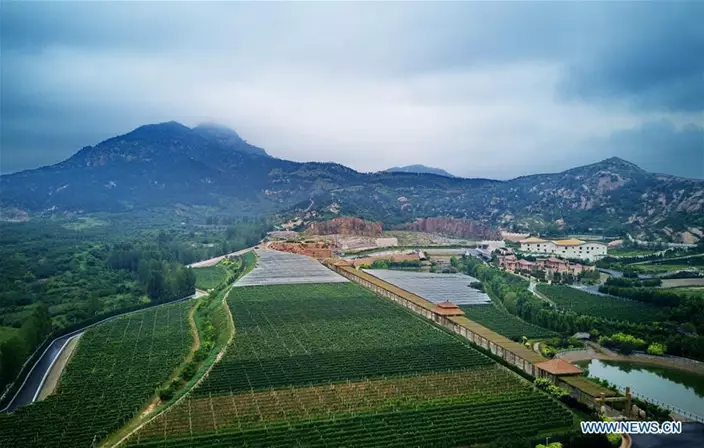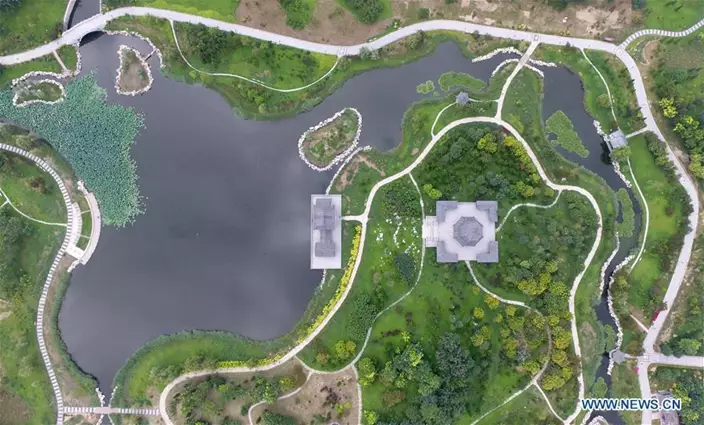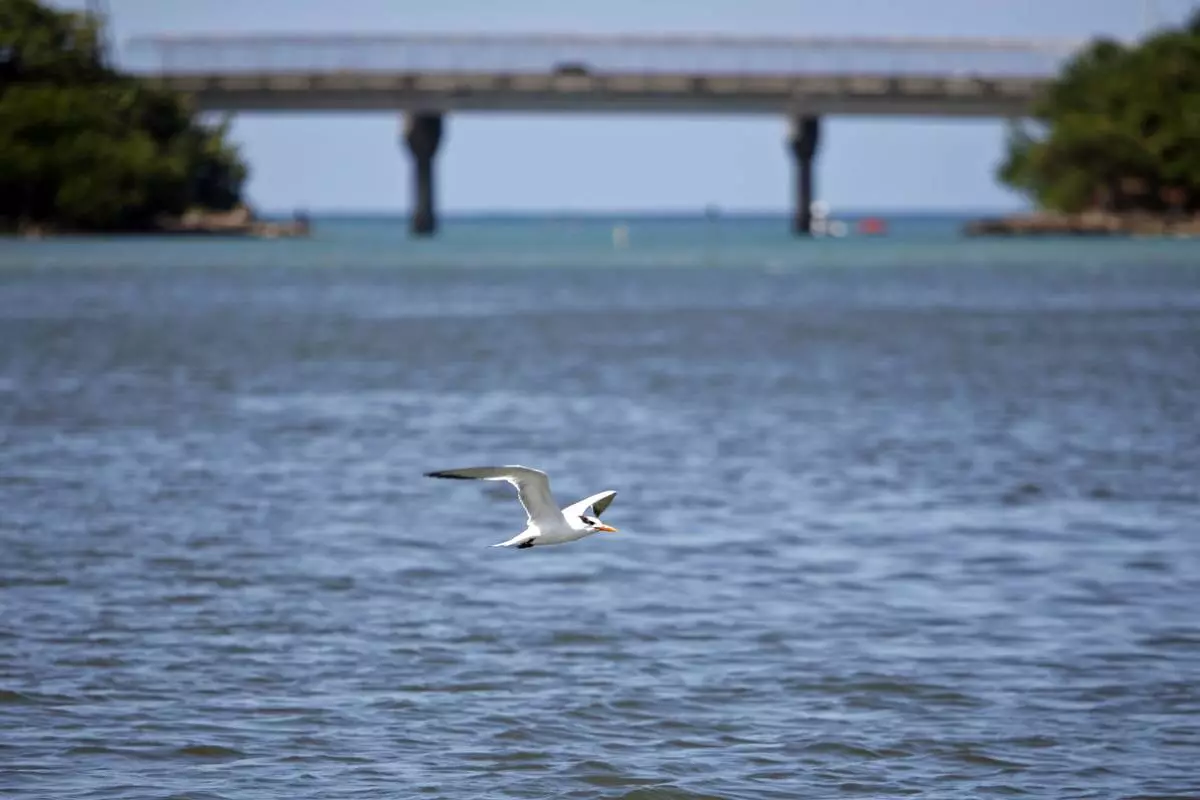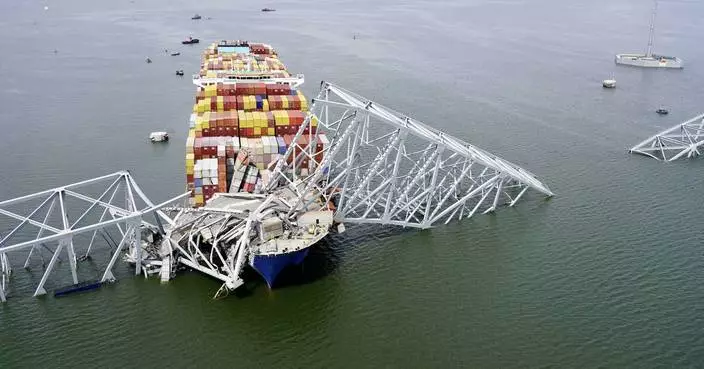What amazing change!
A winery constructed on the site of an abandoned mine in Changli County, north China's Hebei Province. The discarded mine and damaged mountain revive as the local government has been stepping up measures to rehabilitate the ecological environment.

Yingzhou Park in Hejian City, north China's Hebei Province. Yingzhou Park, transformed from an abandoned sump, has become an ecological park covering 51 hectares of green space and 44 hectares of water area.

SAN JUAN, Puerto Rico (AP) — A $62 million project to dredge Puerto Rico’s biggest and most important seaport began Wednesday amid fierce opposition from environmentalists.
Crews with California-based Curtin Maritime will remove nearly 3 million cubic yards (76 million cubic feet) of marine floor to open the San Juan Bay to larger vessels including tankers that will serve a new liquid natural gas terminal on Puerto Rico’s north coast.
The dredged material will be deposited into the Atlantic Ocean two nautical miles (four kilometers) north of the U.S. territory in a move approved by the U.S. Environmental Protection Agency, officials said.
Gov. Pedro Pierluisi said the project overseen by the U.S. Army Corps of Engineers is expected to give a $400 million boost to the local economy, adding that the dredging will be completed by October.
He dismissed concerns by environmentalists who have said the project would endanger wildlife and humans. “This already was authorized at all federal levels, including any environmental impact it might have,” he said.
In August 2022, the Arizona-based nonprofit Center for Biological Diversity filed a federal lawsuit against the U.S. government, saying the project threatens to destroy corals and seagrass beds and suck up turtles and other marine life.
The lawsuit is pending at a U.S. District Court in Washington, D.C., with a hearing last held in January.
“We are hoping for a decision soon,” Catherine Kilduff, an attorney for the Center for Biological Diversity, said in a phone interview.
“The dredging itself causes sediment that can kill corals,” she said. “Those corals have been impacted by diseases and warming waters, and so we’re worried that this dredging project…could be a death knell.”
Kilduff said the center also is concerned about manatees that swim in the San Juan Bay, where they depend on seagrass for food and are struck by ships.
She said the U.S. Army Corps of Engineers last dredged the bay in the early 2000s, promising they would plant an acre of seagrass.
“They still haven’t done that,” she said.
Kilduff noted that the federal government held a public comment period on the dredging project when Hurricane Maria struck Puerto Rico as a Category 4 storm in 2017, leaving the island without power or passable roads.
A USACE spokesperson did not immediately return a message seeking comment.
As the governor shared details about the project on Wednesday, a dredging vessel began operations in the background.
Officials said it would dig up to 46 feet (14 meters), with some areas in the San Juan Bay currently at depths ranging from 36 feet (11 meters) to 42 feet (13 meters).
“San Juan harbor is an economic engine and vital lifeline for Puerto Rico,” U.S. Army Corps of Engineers Col. Charles Decker said in the announcement. “It’s a phenomenal investment in the future of Puerto Rico.”
The Corps is investing almost $45 million in the project, with the government of Puerto Rico providing the rest.

FILE - A bird flies over the San Juan Bay Estuary in San Juan, Puerto Rico, Oct. 26, 2013. A $62 million project to dredge Puerto Rico's biggest and most important seaport began Wednesday, April 3, 2024 amid fierce opposition from environmentalists. Crews will remove nearly 3 million cubic yards of marine floor to open the San Juan Bay to larger vessels including tankers that will serve a new liquid natural gas terminal on Puerto Rico's north coast. (AP Photo/Ricardo Arduengo, File)







